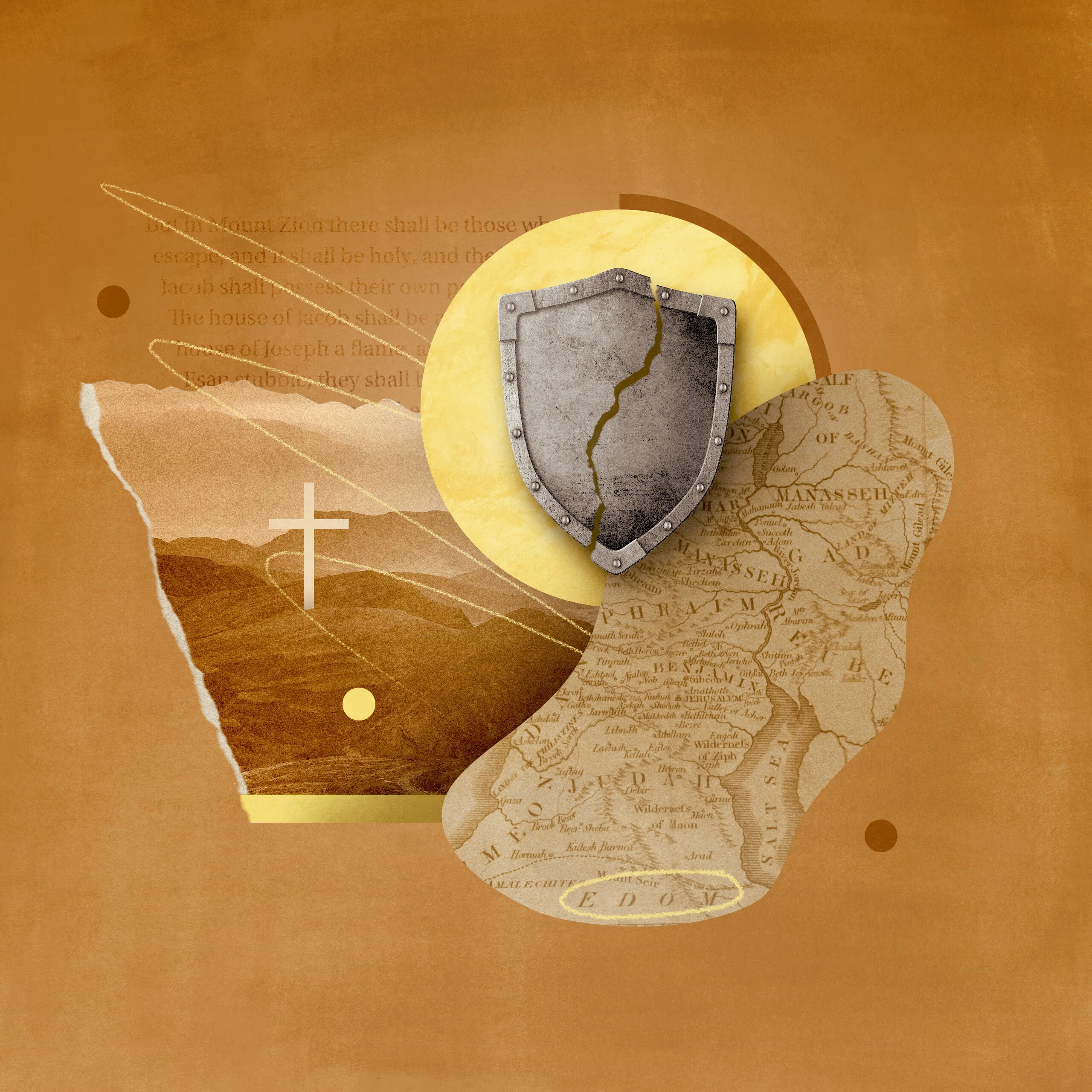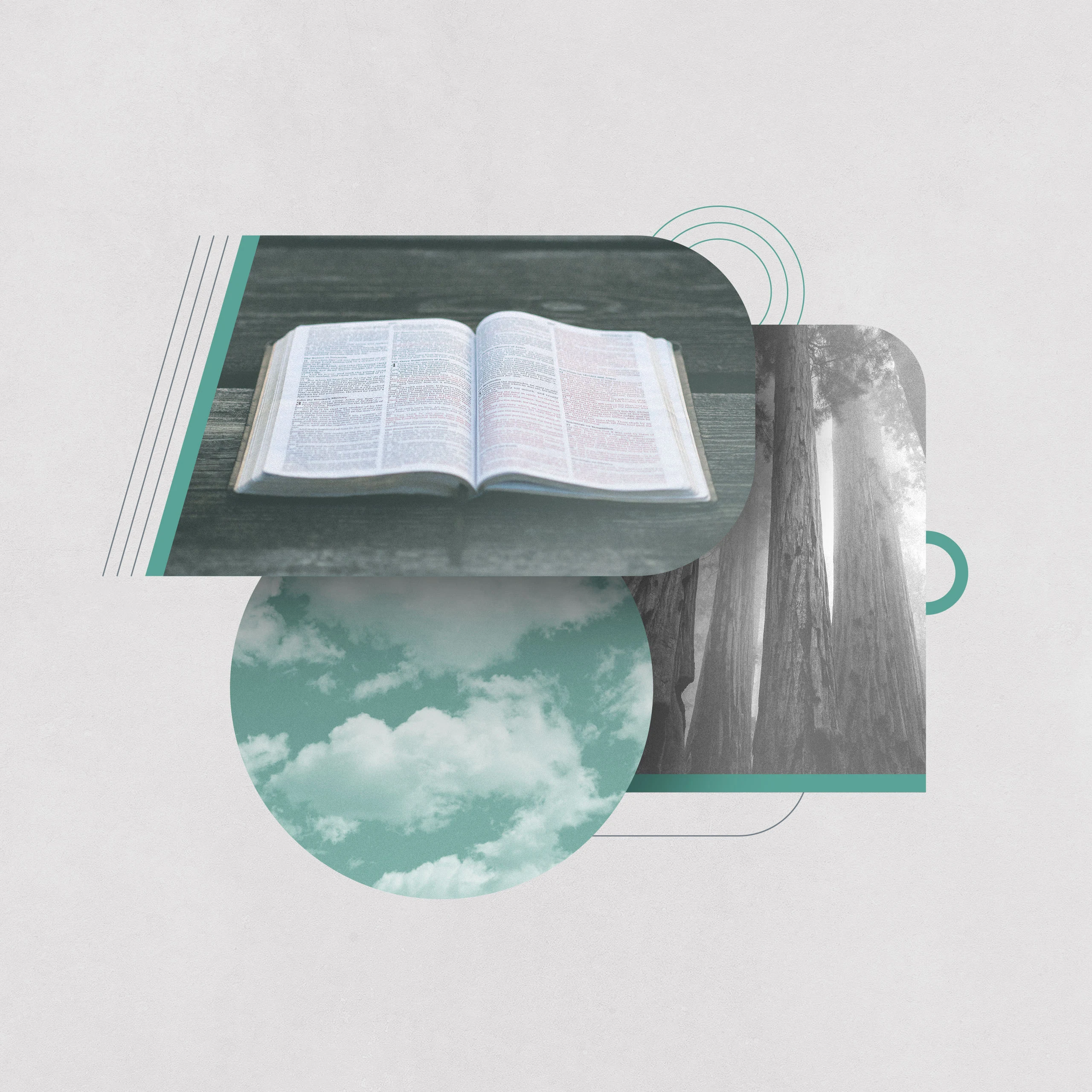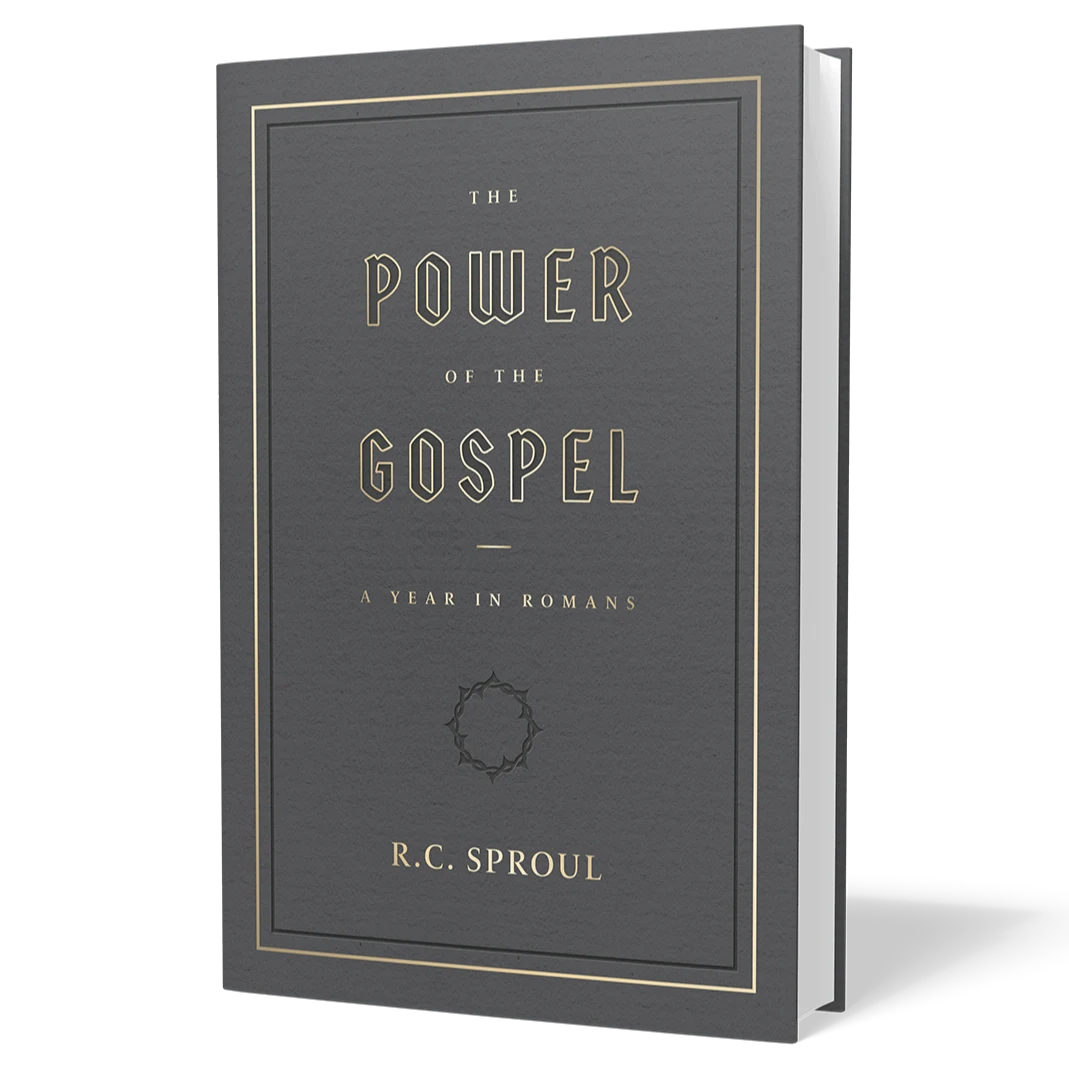3 Things You Should Know About Obadiah

The prophecy of Obadiah can be easily overlooked since it is the shortest book in the Old Testament and tucked away among the Minor Prophets, which is unfamiliar territory to many Bible readers. The basic facts about the book of Obadiah can be learned quickly since it takes only a minute or two to read it.
The prophet proclaims the Lord’s judgment against the nation of Edom (Obad. 1–4, 8–10), a small country but one that lived with a sense of ease and security that had developed into boastful pride (Obad. 3, 12). The reasons for such confidence were twofold: It was a mountainous country that, from a human perspective, would have been easily defensible (Obad. 3–4). Moreover, Edom (often referred to by its chief city, Teman) had a reputation for possessing great human wisdom (Obad. 8–9; see also Jer. 49:7). In other words, Edom had all the strategic advantages that allowed its inhabitants to live securely. Yet the Lord proclaims that judgment will come upon the Edomites not only for failing to assist the Judeans when the Babylonians attacked them (culminating in the destruction of Jerusalem and the exile in 587/586 BC), but even more for providing active assistance to the invaders by capturing escaping Judeans and handing them over (Obad. 11–14; Ps. 137:8–9; Ezek. 25:12; 35:5). Along with these oracles of judgment, the Lord also promises that His people will be delivered and rise again through His kingly power (Obad. 17–21).
Understanding the following three things about the book of Obadiah can help us grasp its message more fully.
1. The prophecy of Obadiah displays the outworking of the Lord’s sovereign decree to Isaac concerning his sons Jacob and Esau that “the older will serve the younger” (Gen. 25:23).
The nations of Edom and Judea were descended from Esau and Jacob (Gen. 36:1–43; 49:1–28). Just as the two brothers had a troubled relationship (Gen. 27:41–45), so did the two nations that sprung from them (Edom from Esau, and Judea from Jacob). Though dishonest and deceitful, Jacob received the birthright and blessing that belonged to his firstborn brother (Gen. 25:29–33; 27:1–40). Similarly, the nation of Judea was graciously given dominance over the Edomites (Num. 24:18–19) throughout their conflicted history (see, for example, 1 Sam. 14:47; 2 Sam. 8:11–14; 1 Kings 22:47; 1 Chron. 18:11). The Lord’s treatment of Jacob and Israel displays God’s unmerited favor to the undeserving (Mal. 1:1–4; Rom. 9:10–16).
2. Obadiah’s vision (Obad. 1) “telescopes” God’s acts of judgment and His acts of deliverance together to make them appear simultaneous.
Obadiah speaks not only of judgment on Edom but also of the “day of the Lord” (Obad. 15), which will bring judgment on all nations (Obad. 16) and deliverance for God’s people (Obad. 17). At first glance, it sounds as if these will take place at the same time. However, the biblical prophets regularly collapse together God’s acts of judgment and salvation, much like one takes an extended telescope and shortens it into a compact unit. This manner of speaking is often referred to as “prophetic foreshortening” or “telescoping,” and being aware of this technique can help the reader avoid confusion. By understanding this common feature of prophetic oracles, one can discern that the fulfillment of Obadiah’s prophecy takes place at different times. Thus, for example, the destruction of Edom has already occurred, but the believer still awaits the “day of the Lord,” which will call all nations to judgment and bring in the fullness of salvation for the church.
3. The prophecy of Obadiah is not directly quoted in the New Testament, but the Scripture points toward its surprising fulfillment in Jesus Christ.
Obadiah, along with a handful of other Old Testament books such as Esther and Zephaniah, is not quoted in the New Testament. Nevertheless, the Scriptures indicate that Obadiah’s prophecy was fulfilled in a surprising way. Over time, the Edomites were subjugated by foreign powers, and according to the Jewish historian Josephus, they fell once again under Jewish rule and were forced to receive ritual circumcision by John Hyrcanus (a Hasmonean ruler and Jewish high priest) in the late second century BC (Antiquities 13:256). As a result, these “Idumeans,” as they had come to be known, began to be absorbed into the people of Judea. This loss of their ancestral land and national identity proved to be a blessing in disguise, as people from Idumea were among those drawn to follow Jesus the Messiah (Mark 3:8–9), proving the truth of Colossians 3:11: “Here there is not Greek and Jew, circumcised and uncircumcised, barbarian, Scythian, slave, free; but Christ is all, and in all.” Just as Obadiah declared, deliverance was found on Mount Zion (Obad. 17)—that is, among the people of the living God who follow Jesus, the mediator of a better covenant (Heb. 12:22–24).
With the book of Obadiah, the old adage proves true: Good things come in small packages.
This article is part of the Every Book of the Bible: 3 Things to Know collection.


